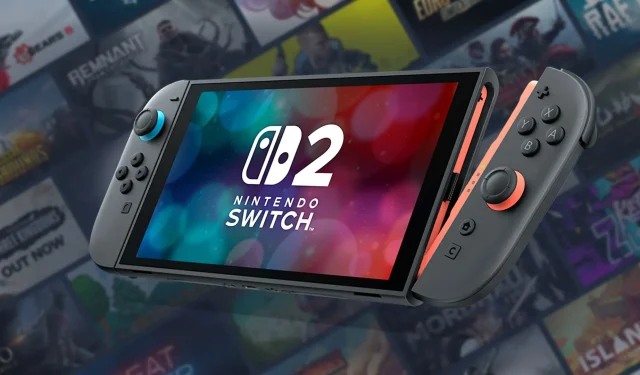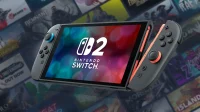The anticipated launch of the Switch 2 with an MSRP around $450 USD raises significant questions regarding its competitiveness against other modern portable gaming devices. This marks the highest launch price for a Nintendo console to date. While considering inflation can help contextualize this cost, the comparison to the price of the Steam Deck offers a more relevant benchmark. However, it is important to note that Valve’s device is just one of several competitors vying for attention, as an array of quality Android, Windows, and Linux portables is also emerging on the market.
When adjusting for inflation, the NES priced would approximate around $600 today, but the initial shock of a $450 console is more pronounced compared to the $200 NES. The Switch 2’s price point places it in direct competition with higher-end devices from brands like Ayaneo, making mid-tier portables appear significantly more appealing. While dedicated fans may eagerly be pre-ordering this latest iteration of the hybrid console, the wider consumer base will find themselves evaluating a broad range of alternatives before making a purchase decision.
Windows Portables: Flexibility at the Expense of Simplicity
Expansive Game Libraries through the PC Ecosystem
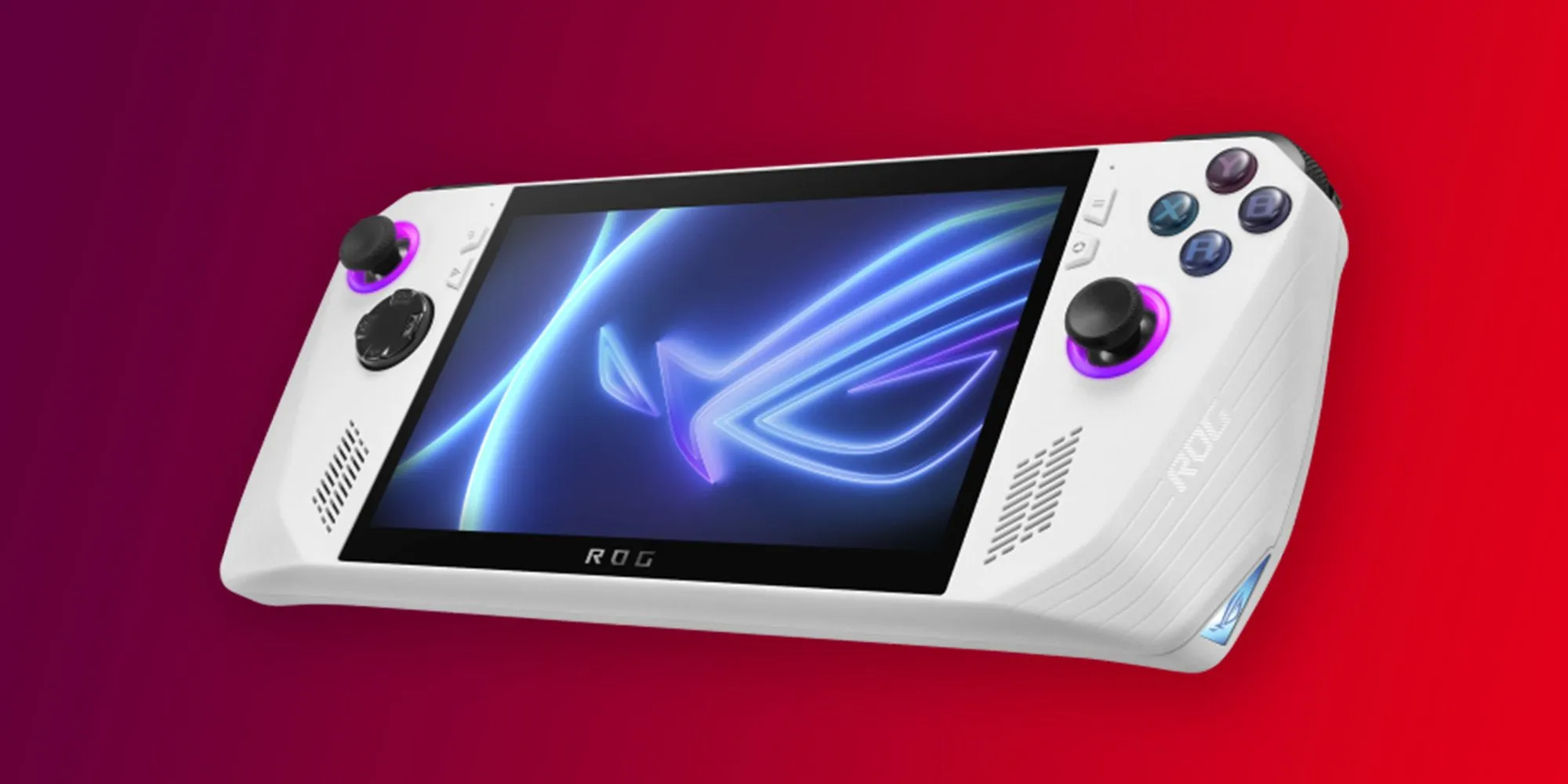
The comparison between the ROG Ally and the Steam Deck suggests a competitive landscape, but the ROG Ally becomes increasingly enticing when positioned against Switch 2. The Ryzen Z1 variant of the ROG Ally is available at prices comparable to or lower than the Switch 2, especially when opting for open-box models. Conversely, the high-end ROG Ally X, priced at $800, promises significantly more power than what Switch 2 offers. Despite the inherent challenges of engaging with Windows on a gaming portable, the benefits can outweigh the technical hurdles for many gamers.
The Lenovo Legion Go S presents a powerful, albeit more expensive, option, with earlier models retailing above the Switch 2’s price. Nevertheless, used versions can be found at prices comparable to the upcoming Nintendo console. Moreover, there are budget-friendly Windows handhelds, such as Anbernic’s Win 600 and Ayn’s Loki Zero, priced between $200 and $300. Although these devices may struggle with demanding games due to their lower specifications, they significantly widen access to a larger library of games, including indie titles and emulation opportunities.
Setting up Windows on a gaming-oriented portable can be cumbersome; however, utilizing a wireless keyboard and mouse can streamline the installation process for more experienced users. This access leads to a vast gaming library that exceeds that of the Switch, including extensive emulation capabilities and a rich catalog of native titles from platforms like GOG, Epic Games, and Steam. Additionally, streaming services like Amazon Luna, PlayStation Plus, and Game Pass enhance the appeal of Windows handhelds.
Switch 2’s Pricing: Approaching High-End Alternatives
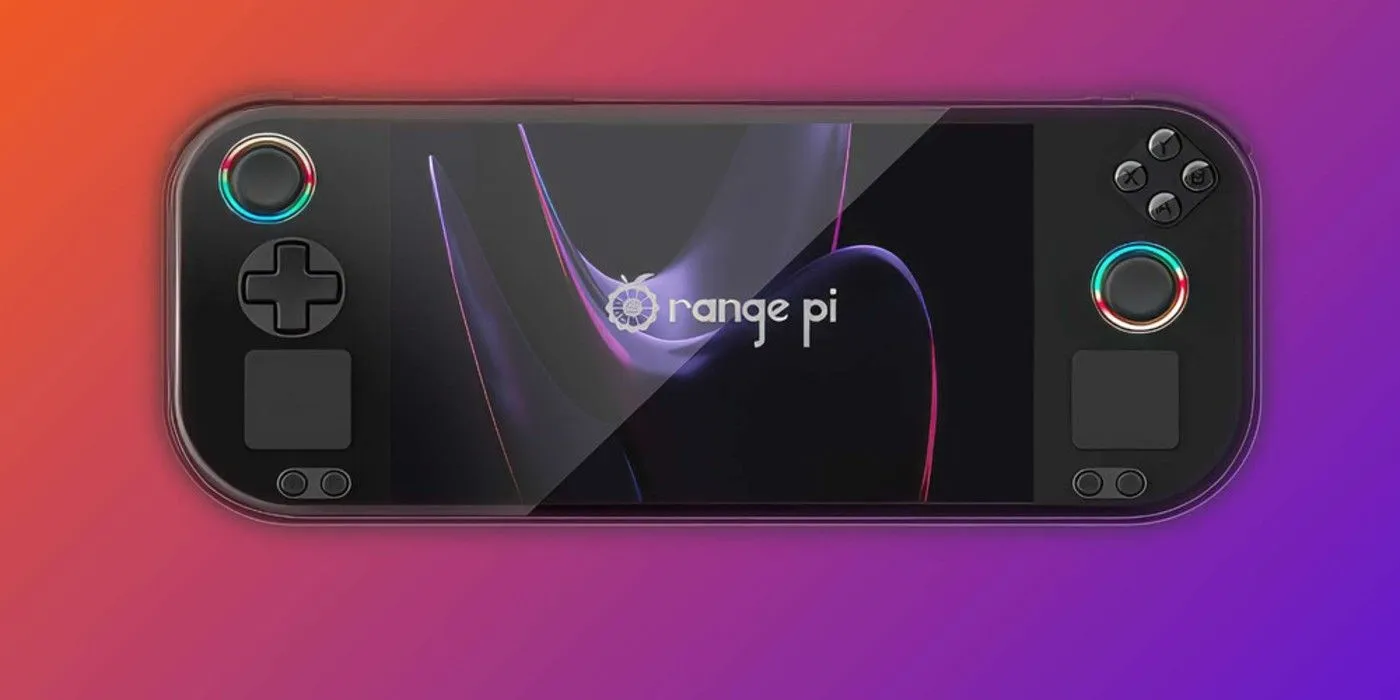
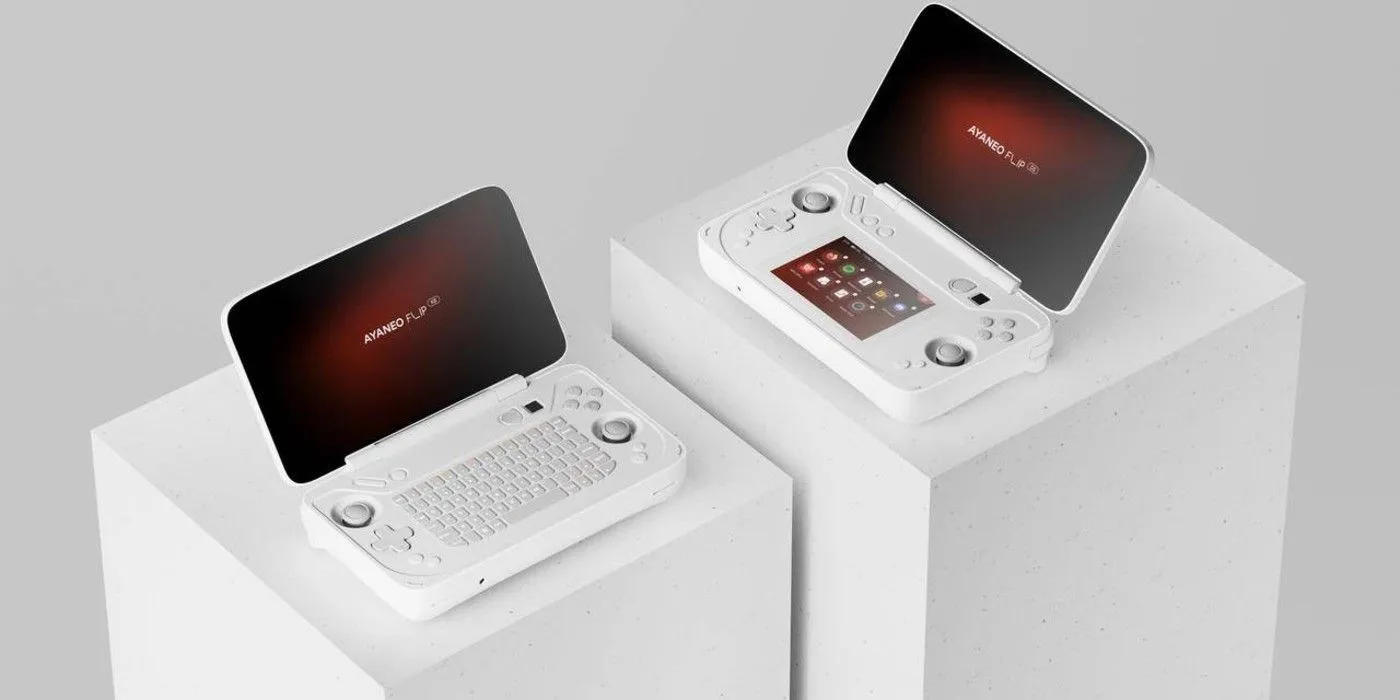
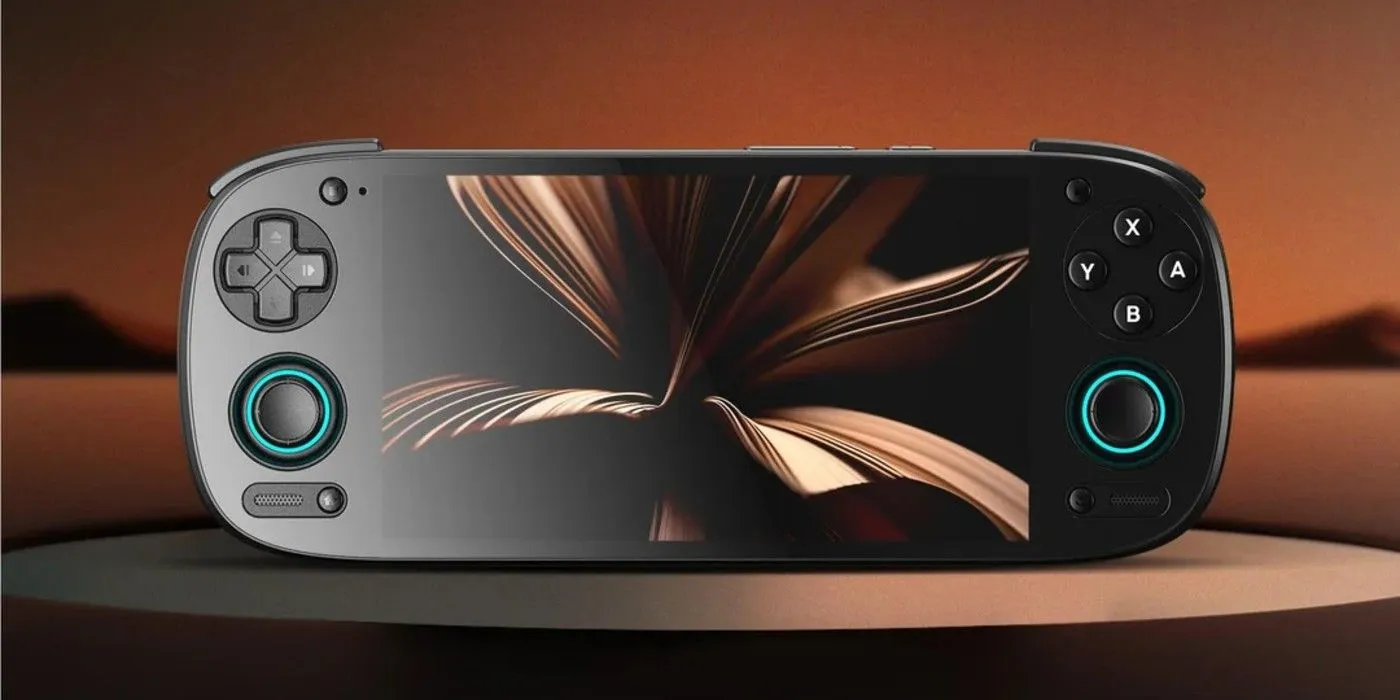
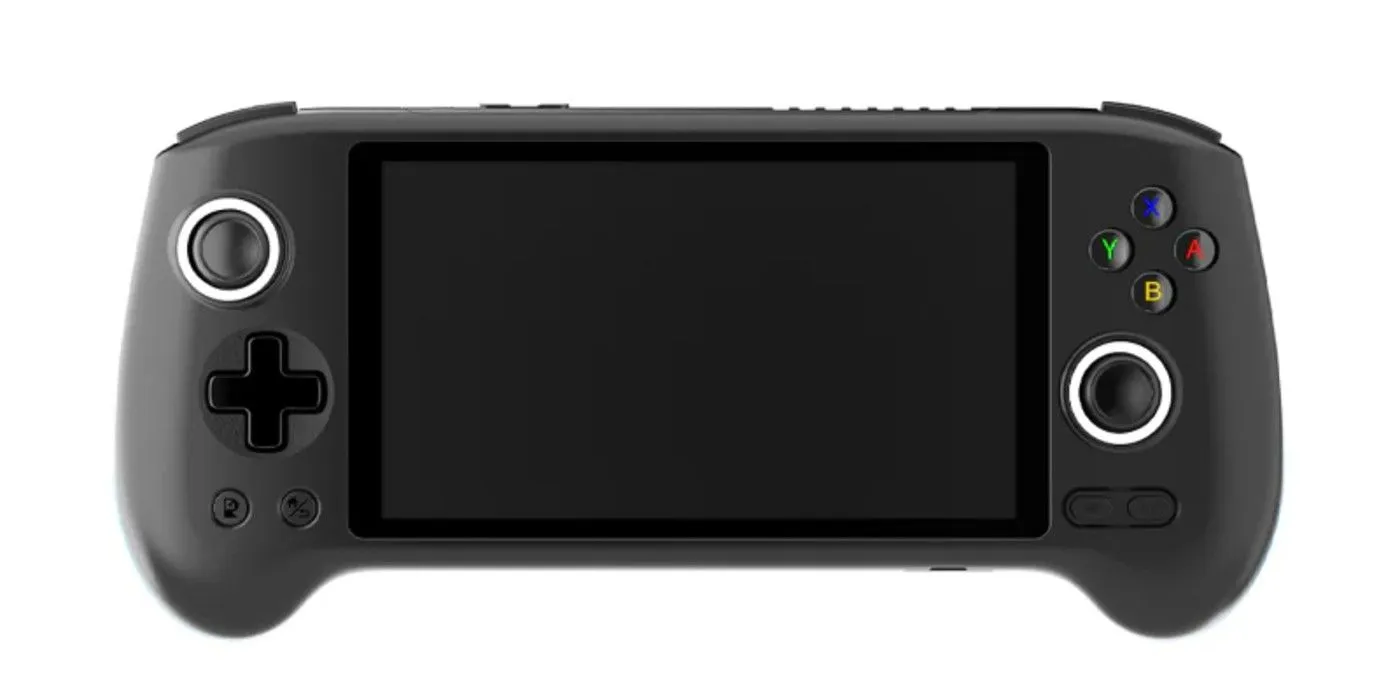
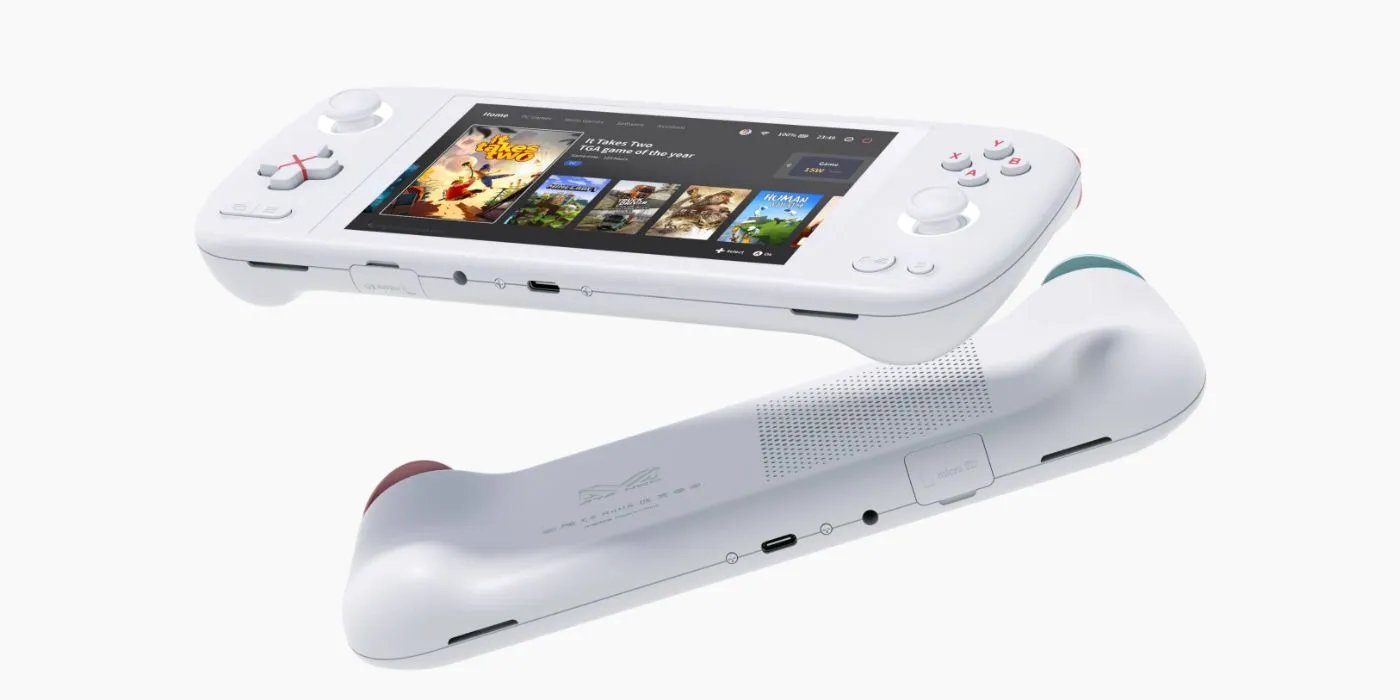
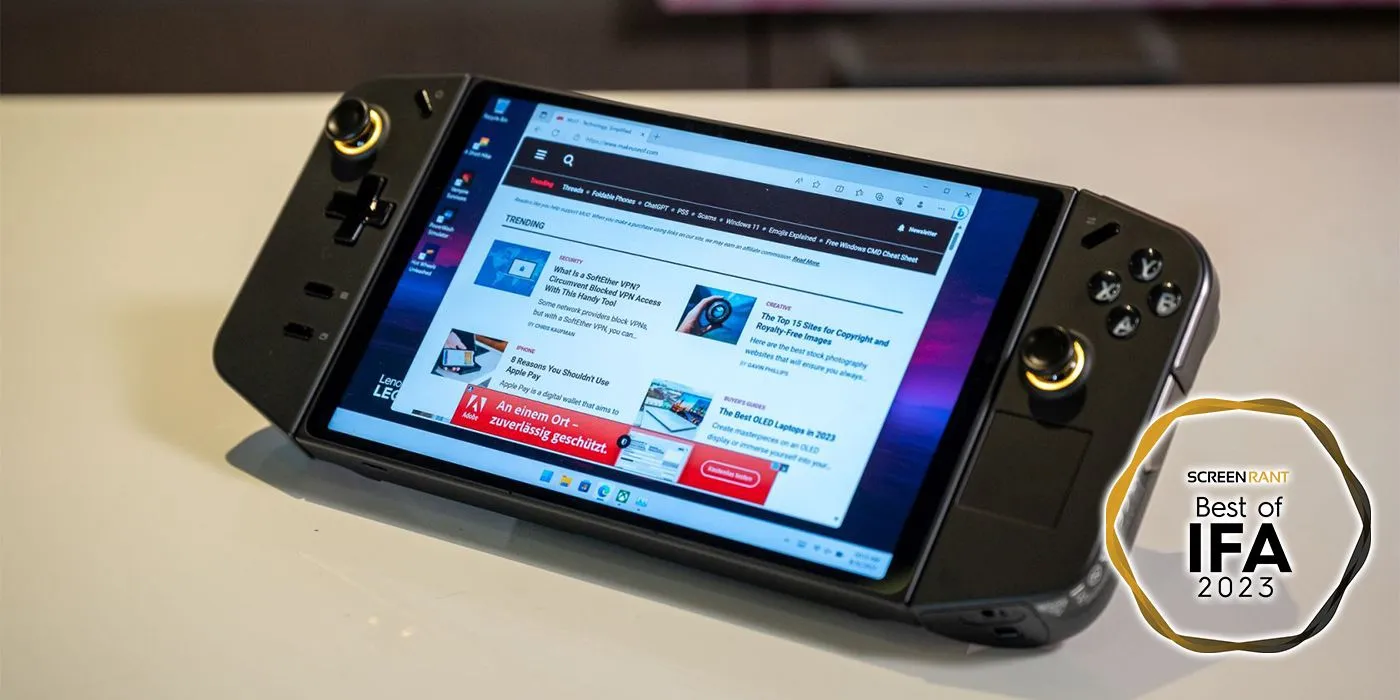
Consumer reactions to the Switch 2’s pricing have been mixed, often leaning towards frustration. In an isolated console market, such a price tag can invoke dissatisfaction. Yet, when viewed within the context of the broader portable gaming landscape, including alternatives like the Odin 2 at $300, the Anbernic 406H and Retroid Pocket 5 around $200, and high-end models from Ayaneo, the pricing of Switch 2 appears even more questionable. Today, Android portables boast similar emulation capabilities to Windows devices, in addition to a diverse array of native games and applications, enhancing their versatility.
While Android excels in the smartphone arena, Linux-based gaming has gained traction, particularly following the Steam Deck’s success. The Lenovo Legion Go S and Orange Pi Neo, which utilize the Steam OS, are set to launch just ahead of Switch 2 at $550 and $500, respectively. Tests indicate that the efficiency of Linux allows devices like the Steam Deck to outperform expectations, solidifying the relevance of Linux-based consoles.
The market is currently saturated with high-quality gaming portables priced competitively, many of which offer access to a wider array of games than the Switch. Even budget-friendly Linux alternatives focused solely on emulation might compel consumers to rethink their pre-orders for Switch 2. Devices from companies like Anbernic, Powkiddy, and Trimui, costing as little as $40 to $60, can handle emulation as advanced as Dreamcast titles. While Switch 2 promises fresh Nintendo exclusives, the relative value proposition from competing devices makes this latest console a tougher sell.
Exploring Quality Portables Beyond Nintendo and Valve
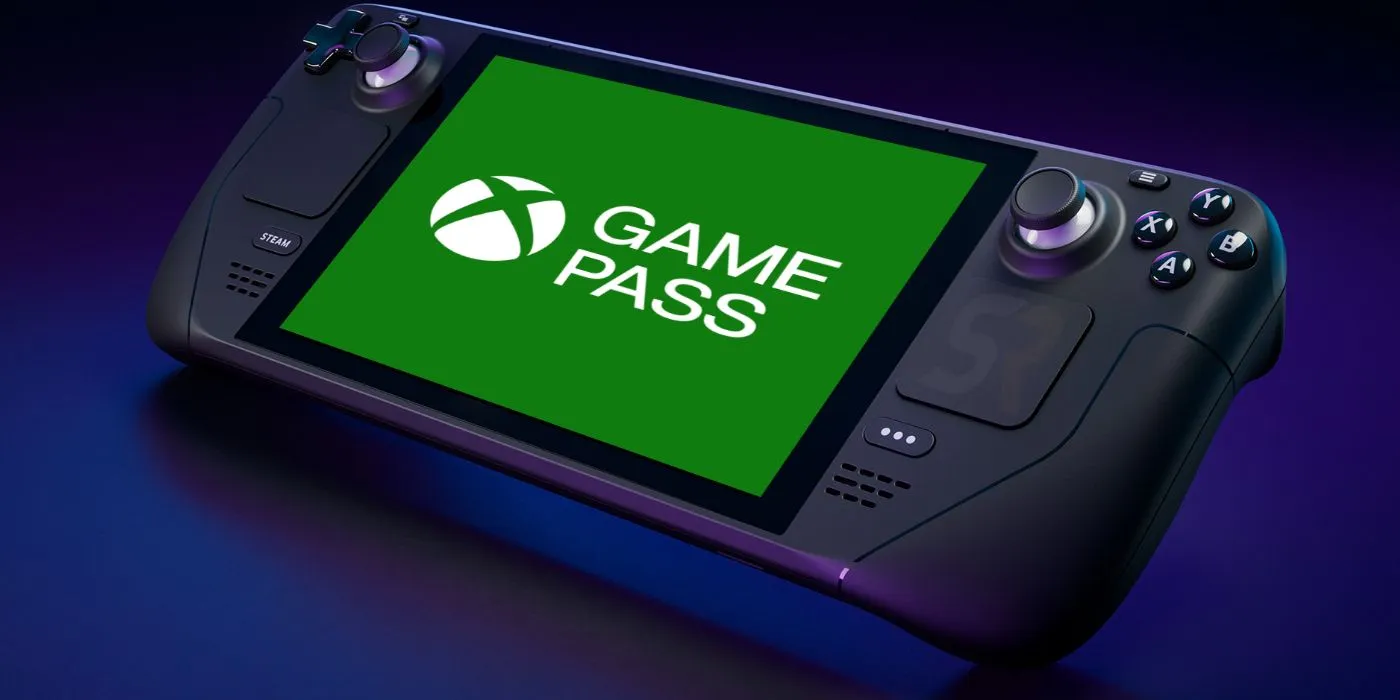
The potential introduction of an Xbox portable could shift consumer interest away from the Switch 2. With numerous appealing portable devices already available and more on the horizon, the upcoming months will be a prime opportunity for users to thoroughly evaluate their options, rather than swiftly committing to the Switch 2, which might have once seemed a guaranteed choice. Totaling $500 with a bundled Mario Kart game, Switch 2 is now positioned similarly to high-end devices such as the Ayaneo Flip DS, a potent dual-screen Windows portable.
Nintendo has historically faced minimal competition in the portable gaming sector, leveraging this advantage with the original Switch as a hybrid system. However, as users increasingly realize the Switch may be an aging device compared to emerging technologies, it is increasingly reliant on its first-party exclusives for support. Today, there exists an extensive selection of competitive gaming portables at various price points, many offering much larger libraries than what Switch provides, marking a tough uphill battle for Nintendo.
As with previous generations, a strong first-party lineup remains likely to justify Switch 2 purchases for loyal fans. However, given the inflated pricing, Nintendo no longer occupies a guaranteed position as the go-to second console for gamers. In contrast, had the Switch been priced at $200 or $300, Nintendo could have maintained its status as an outlier instead of competing directly with traditional consoles and PC gaming. Now, the Switch 2 encroaches on the pricing of premium consoles like the Xbox Series X and PS5, particularly when juxtaposed with high-quality Windows, Android, and Linux gaming options that offer substantial competition beyond what Valve provides.
Source: Nintendo of America/YouTube
